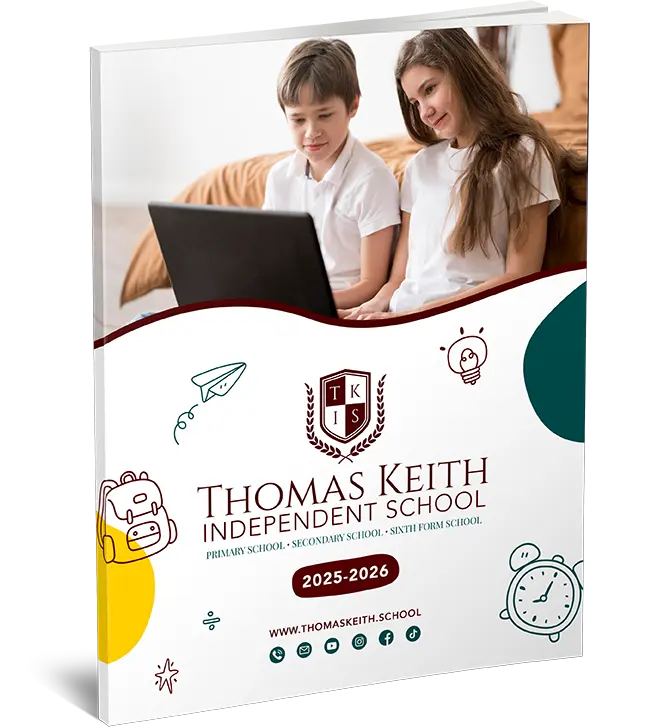Complex Sentences KS2: What They Are And How To Teach Them
Complex sentences play an important role in improving writing skills in KS2 students. They allow children to express detailed ideas by connecting simple sentences with clauses. This article explains what complex sentences are, how they are taught in KS2, and why they are useful, with an example from Thomas Keith Online Independent School.
What is a Complex Sentence?
A complex sentence is a type of sentence that includes a main clause and one or more subordinate clauses. These clauses are connected using subordinating conjunctions such as because, although, when, and if. The main clause makes sense on its own, but the subordinate clause adds more detail and depends on the main clause for meaning.
Example of a Complex Sentence
- I went to the park because it was sunny.
In this example:
- The main clause is I went to the park.
- The subordinate clause is because it was sunny.
Why Teach Complex Sentences in KS2?
Teaching complex sentences helps KS2 students to:
- Improve their writing by adding variety and detail.
- Create connections between ideas.
- Enhance their ability to describe events, explain reasons, or make comparisons.
How to Teach Complex Sentences KS2
1. Introduce Simple Sentences
Before teaching complex sentences, ensure students understand simple sentences. Explain that each simple sentence has one idea and a subject-verb-object structure.
2. Explain the Main and Subordinate Clauses
Show examples of main clauses that make sense on their own and subordinate clauses that rely on a main clause. Highlight subordinating conjunctions and their purpose.
3. Practice Joining Clauses
Provide students with two simple sentences and guide them in combining them into a complex sentence. For example:
- Simple sentences: The dog barked. The postman arrived.
- Complex sentence: The dog barked when the postman arrived.
4. Encourage Writing with Subordinating Conjunctions
Give a list of subordinating conjunctions (e.g., because, if, while) and ask students to create their sentences.
5. Provide Real-World Examples
At Thomas Keith Online Independent School, students often practise complex sentences through storytelling and project work. For instance:
- The students enjoyed their lesson because they were learning about space.
Tips for Teaching Complex Sentences
- Use Visual Aids: Create sentence-building worksheets with spaces for the main clause, subordinating conjunction, and subordinate clause.
- Break Down Examples: Show the parts of a complex sentence using colours or underlining.
- Group Work: Encourage students to write complex sentences in pairs, discussing their ideas.
- Creative Writing: Set tasks like writing a short story that includes at least five complex sentences.
FAQs
What is a subordinating conjunction?
A subordinating conjunction links the main clause to the subordinate clause. Examples include because, although, if, and while.
How can I tell if a sentence is complex?
Check if it has a main clause that makes sense on its own and a subordinate clause that adds extra information.
Why are complex sentences important in KS2?
Complex sentences help students express detailed ideas, making their writing more interesting and descriptive.
Conclusion
Teaching complex sentences in KS2 is an essential part of developing advanced writing skills. By using examples, practising sentence construction, and encouraging creativity, students can confidently write complex sentences. Thomas Keith Online Independent School provides an excellent environment for such learning, using interactive and practical approaches to enhance writing skills.




